Mefenamic Acid Safe Dosage Calculator
Dosage Calculator
Input kidney function (eGFR) to determine safe mefenamic acid dosage for seniors.
Recommended Dose
250 mg daily
Take with food. Maximum 500 mg daily. Limit to 7-10 days.
Special Consideration Required
Consult physician for reduced dose
Consider 125 mg every 24 hours under specialist guidance.
Avoid Use
Do not use mefenamic acid
GFR below 30 mL/min significantly increases risks of kidney damage and bleeding.
When it comes to pain relief, mefenamic acid is a nonsteroidal anti‑inflammatory drug (NSAID) that reduces inflammation and pain by blocking cyclooxygenase enzymes. While it works well for many adults, older patients face a different set of challenges that most people don’t think about until trouble pops up. This guide walks you through what you need to know to keep seniors safe while still getting the pain relief they deserve.
What is Mefenamic acid?
Mefenamic acid belongs to the NSAIDs family, a group of medicines that target the body’s prostaglandin pathways. It was first approved in the 1960s and is commonly prescribed for short‑term relief of mild to moderate pain, especially menstrual cramps, dental pain, and musculoskeletal aches.
How does it work? The role of Cyclooxygenase and Prostaglandin inhibition
The drug blocks two forms of the enzyme Cyclooxygenase (COX‑1 and COX‑2). By doing so, it curtails the production of Prostaglandin molecules, which are responsible for pain, swelling, and fever. The downside? Those same prostaglandins also protect the stomach lining, support kidney blood flow, and help platelets clot-functions that become especially important as we age.
Why seniors need special attention
Age‑related physiological changes turn a standard dose into a potential hazard. Here are the three big shifts that matter most:
- Gastrointestinal lining thins - making the stomach more vulnerable to irritation and bleeding.
- Kidney filtration declines - reducing the ability to clear drugs efficiently.
- Cardiovascular system becomes less resilient - raising the risk of blood‑pressure spikes and heart events.
Because Mefenamic acid interferes with the protective prostaglandins, these age‑related changes amplify side‑effects.
Safety concerns for the elderly
Let’s break down the four primary risks that clinicians watch carefully.
- Gastrointestinal bleeding - Seniors have a 2‑3× higher chance of ulceration when using NSAIDs. Even low‑dose mefenamic acid can cause occult bleeding that shows up only as anemia.
- Kidney function impairment - COX‑1 inhibition reduces renal prostaglandins, which can drop glomerular filtration rate (GFR). In patients with a GFR below 60mL/min, the drug may accumulate and trigger fluid retention or acute kidney injury.
- Cardiovascular risk - NSAIDs can raise systolic blood pressure by 3‑5mmHg and may increase the chance of heart failure in frail elders, especially when combined with antihypertensives.
- Drug interactions - Common medications in older adults (e.g., antihypertensives, anticoagulants, low‑dose aspirin, and certain antidepressants) can interact with mefenamic acid, heightening bleeding or kidney hazards.
Dosage guidelines for seniors
Guidelines from the British National Formulary (BNF) and recent geriatric studies suggest a “start low, go slow” approach.
- Initial dose: 250mg once daily, preferably after a meal.
- Maximum daily dose: 500mg per day (i.e., two 250mg tablets), not to be exceeded.
- Course length: Limit to 7‑10 days unless a physician orders otherwise.
- Renal adjustment: If estimated GFR < 30mL/min, avoid mefenamic acid entirely or use a specialist‑guided reduced dose of 125mg every 24hours.
- Co‑prescribed anticoagulants: Consider an alternative NSAID with a lower GI profile (e.g., celecoxib) or use a proton‑pump inhibitor (PPI) for protection.
These numbers are not arbitrary; they stem from pharmacokinetic data showing that elderly patients clear mefenamic acid about 30% slower than younger adults.
Managing the risks: monitoring and precautions
Even with a cautious dose, regular follow‑up is key.
- Check baseline labs: complete blood count (CBC) for anemia, serum creatinine, and eGFR.
- Ask about any stomach pain, black stools, or unusual bruising-these are early warning signs of GI bleeding.
- Ensure adequate hydration; older adults are prone to dehydration, which worsens renal side‑effects.
- Avoid alcohol and smoking, both of which increase ulcer risk.
- Review all concurrent medications monthly; keep an eye on aspirin, clopidogrel, warfarin, and selective serotonin reuptake inhibitors (SSRIs).
If any red flag appears, stop the drug immediately and seek medical advice.
Alternative pain‑relief options for the elderly
When the risk‑benefit balance looks shaky, here are safer choices.
- Ibuprofen - lower GI risk at 200mg three times daily, but still requires PPI protection for high‑risk patients.
- Naproxen - longer half‑life, may be easier on the stomach but can raise cardiovascular concerns.
- Acetaminophen (paracetamol) - excellent for mild-moderate pain with virtually no GI or kidney impact, but watch total daily dose (<3000mg).
- Topical NSAIDs (e.g., diclofenac gel) - deliver pain relief directly to the joint or muscle with minimal systemic absorption.
Choosing the right alternative depends on the individual’s comorbidities, current meds, and how quickly they need relief.
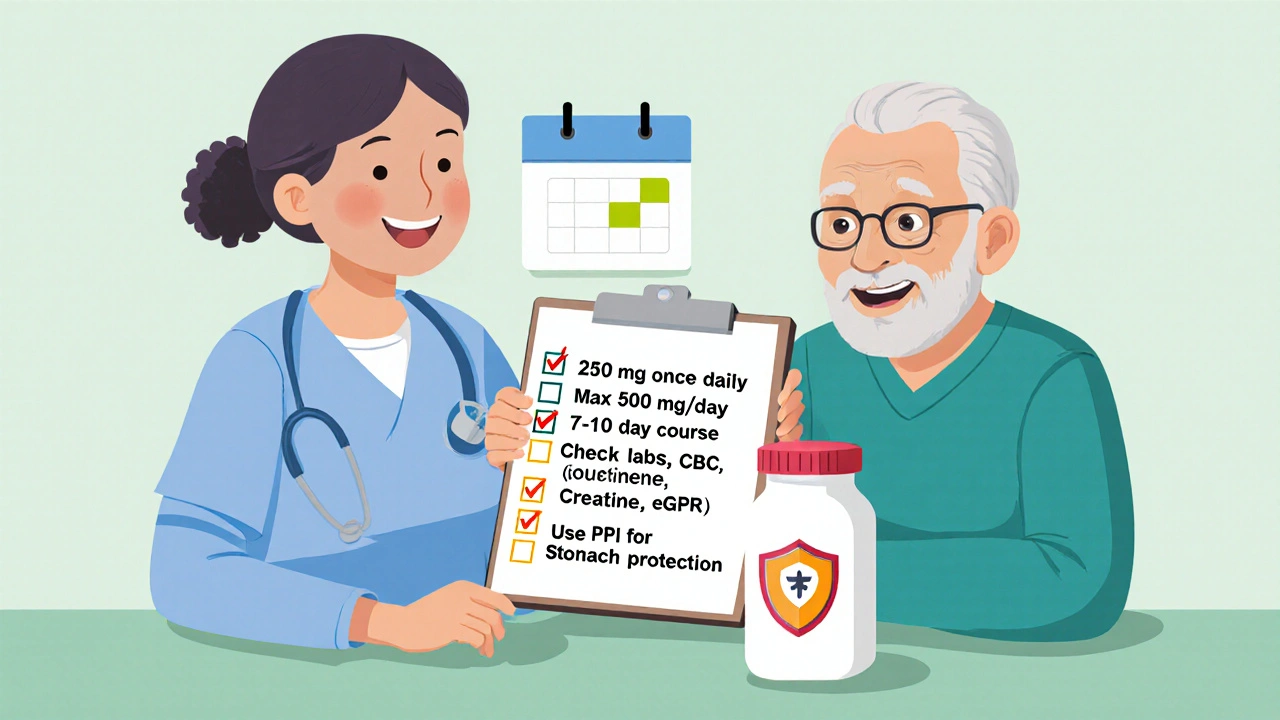
Quick comparison: Mefenamic Acid vs Ibuprofen in seniors
| Drug | Typical dose for seniors | Max daily dose | Renal clearance | GI risk | Cardiovascular risk |
|---|---|---|---|---|---|
| Mefenamic acid | 250mg once daily | 500mg | Reduced (30% slower) | High - ulcers, bleeding | Moderate - BP rise |
| Ibuprofen | 200mg three times daily | 800mg | Moderate - still needs monitoring | Lower than mefenamic, but PPI advised for high risk | Low‑moderate |
Key take‑aways for caregivers and clinicians
- Start with 250mg once daily and never exceed 500mg per day.
- Limit the treatment length to 7‑10 days unless a specialist says otherwise.
- Screen for GI, kidney, and cardiovascular risk before prescribing.
- Use lab monitoring and symptom checks to catch problems early.
- Consider safer alternatives (acetaminophen, topical NSAIDs, low‑dose ibuprofen with PPI) when risk outweighs benefit.
Frequently Asked Questions
Can an elderly person take mefenamic acid for menstrual pain?
Mefenamic acid is effective for dysmenorrhea, but in post‑menopausal women it’s rarely needed. If a senior still experiences menstrual‑type cramps (e.g., hormone therapy side‑effects), the same low‑dose guidelines apply, and a PPI should be added to protect the stomach.
What lab tests should be done before starting mefenamic acid?
Check a complete blood count (CBC) to rule out anemia, serum creatinine and eGFR for kidney function, and liver enzymes if the patient has known hepatic disease. Repeat these tests if therapy continues beyond a week.
Is it safe to combine mefenamic acid with low‑dose aspirin?
Generally not. Both drugs inhibit COX‑1, sharply raising the chance of stomach bleeding. If aspirin is essential for heart protection, switch to a COX‑2‑selective NSAID or add a proton‑pump inhibitor.
How long can an older adult stay on mefenamic acid?
Ideally no longer than 10 days. Chronic use dramatically increases GI, kidney, and cardiovascular risks. For persistent pain, discuss alternative therapies with a doctor.
What signs indicate an ulcer or bleed?
Look for dark, tarry stools; vomiting blood or material that looks like coffee grounds; sudden sharp abdominal pain; or unexplained fatigue and shortness of breath-these may signal anemia from a hidden bleed.

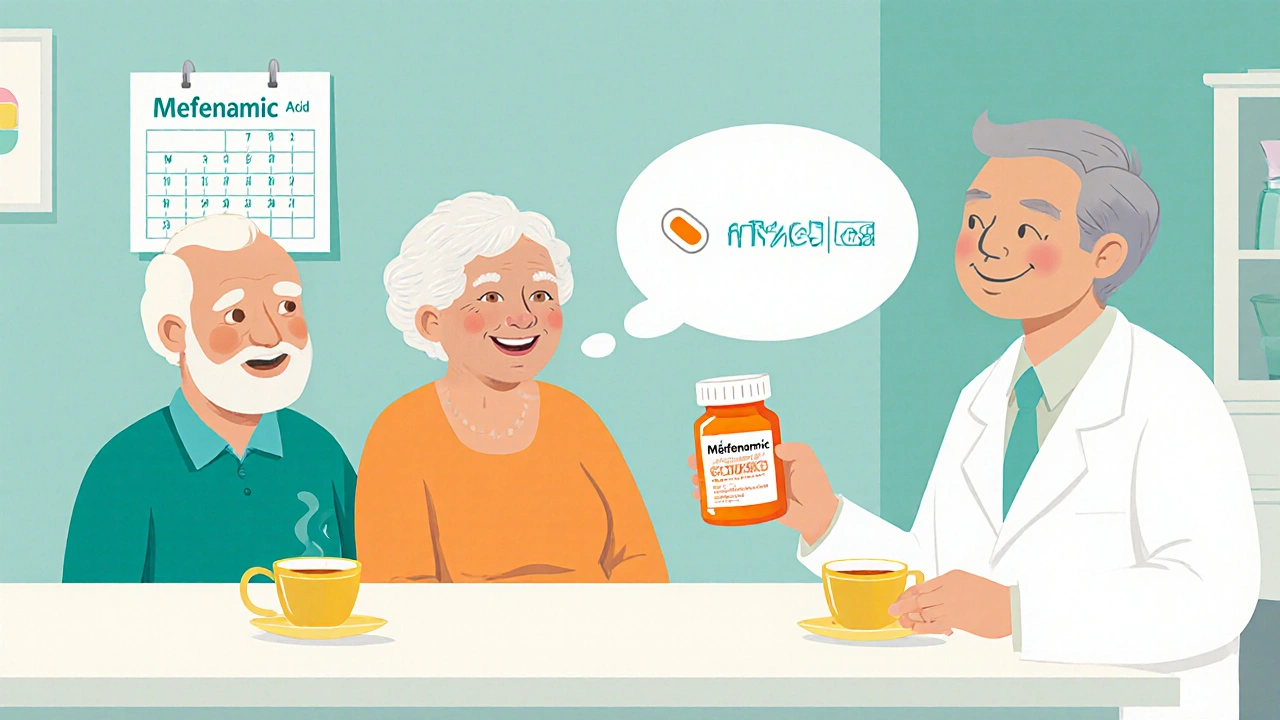
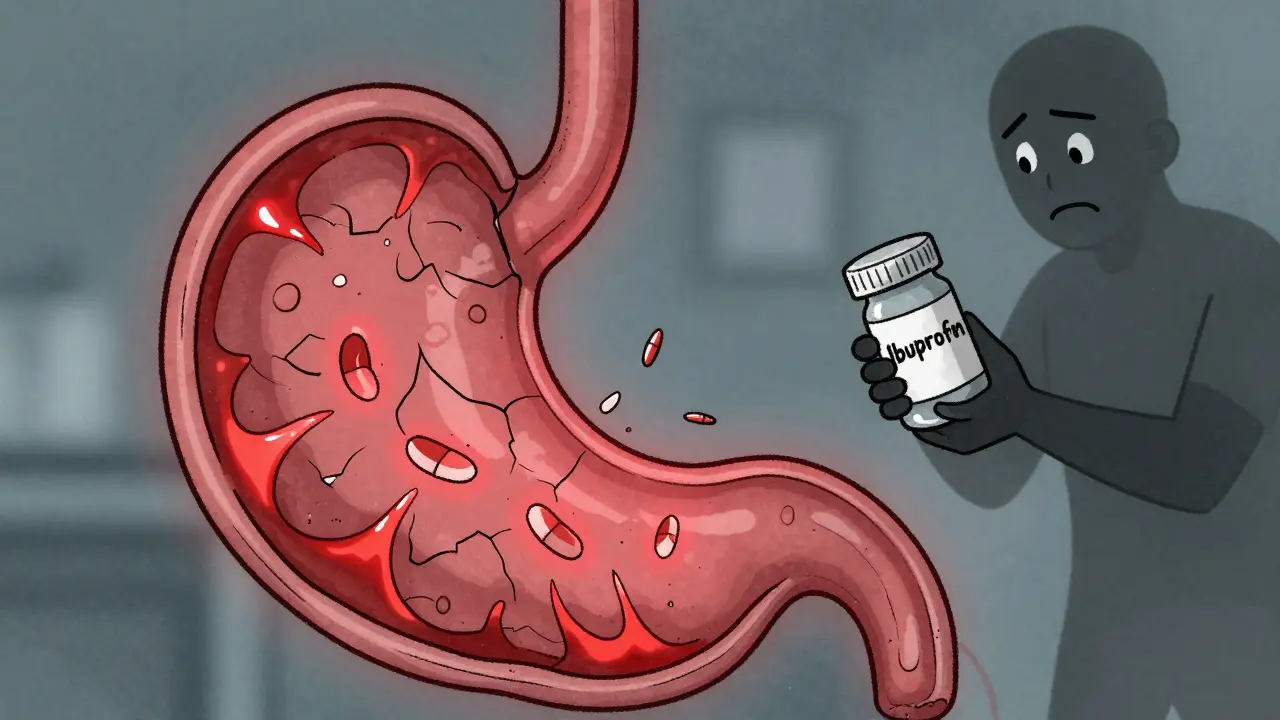

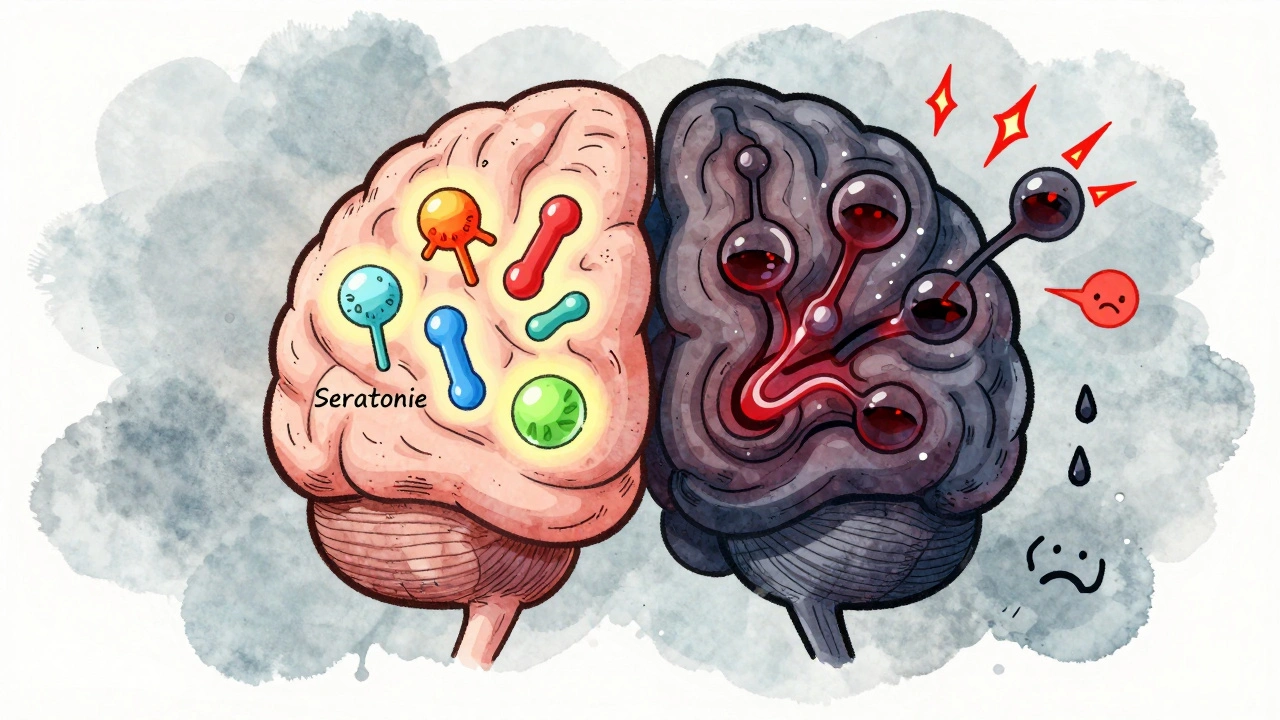
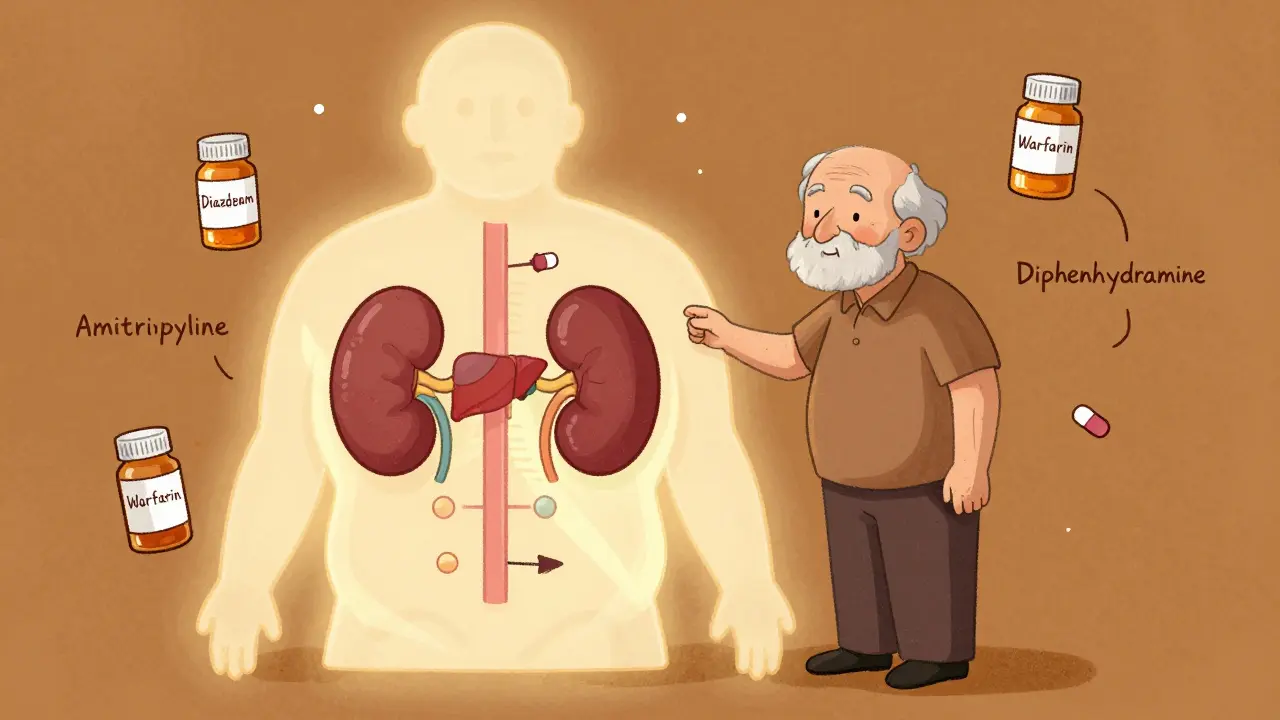

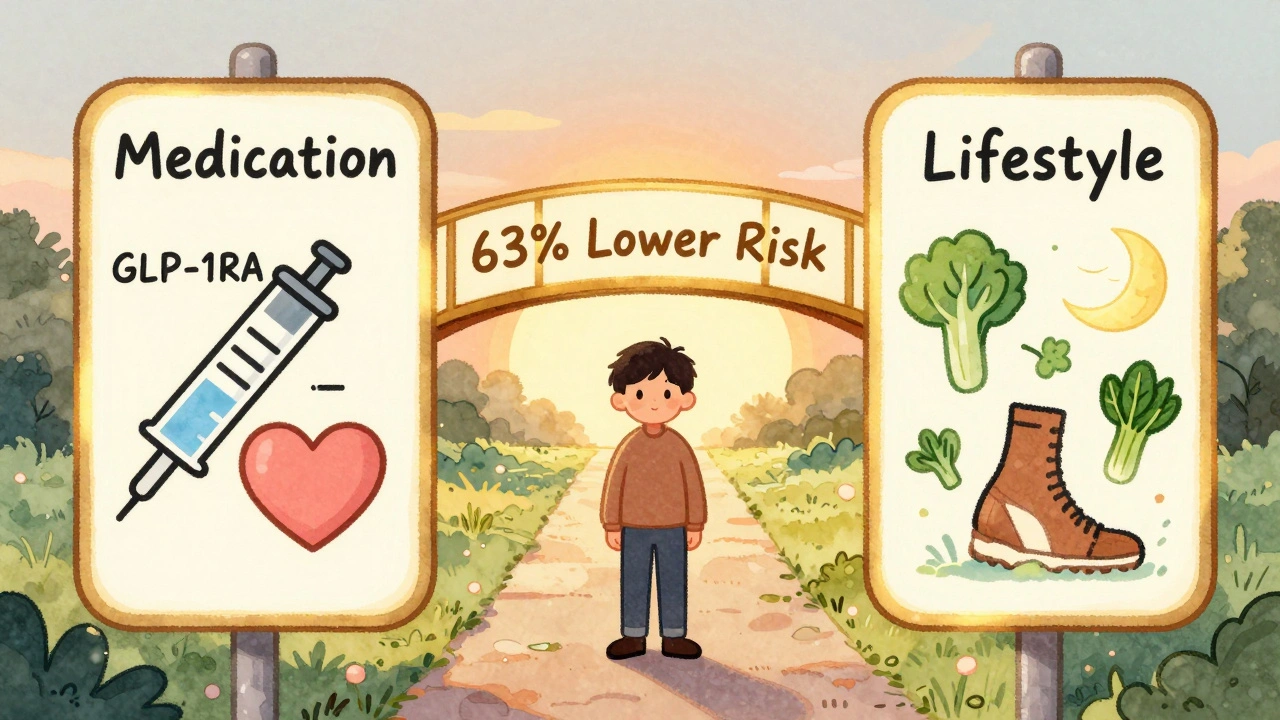
Emily Rankin
October 18, 2025 AT 17:06Ah, the delicate dance of medicine and age-sometimes it feels like we’re balancing on a tightrope over a sea of uncertainty. In the grand tapestry of life, a humble tablet can become a beacon of hope or a hidden storm. Yet, with mefenamic acid, we have the power to illuminate the path of relief while honoring the wisdom that comes with years. Let us embrace the science, sprinkle it with compassion, and watch our elders flourish. Remember, every cautious step forward is a triumph of the human spirit.
Rebecca Mitchell
October 27, 2025 AT 22:20Honestly the guidelines sound useful but also a bit overwhelming especially for people who just want quick relief without digging through all this medical jargon but maybe a simple cheat sheet could help seniors and caregivers keep track of doses and warnings without feeling lost
Roberta Makaravage
November 6, 2025 AT 04:33Well, let me be crystal clear: the pharmacokinetics of mefenamic acid in geriatric patients are not a matter of opinion 🤔. If you ignore the 30% slower clearance you are practically inviting danger, and that's ethically indefensible 🚨. The literature from the British National Formulary and peer‑reviewed gerontology journals leaves no room for guesswork. So, for the love of best practice, respect the dosing limits and protect the vulnerable.
Lauren Sproule
November 15, 2025 AT 10:46i totally get that this stuff can be confusing but its really not that scary if you take it step by step. the key is to keep the doctor in the loop and never skip the ppi if youre on blood thinners. also, stay hydrated and watch out for any weird stomach ache. hope this helps u feel more confident!
CHIRAG AGARWAL
November 24, 2025 AT 17:00meh this article is just a long list of boring rules. why not just say take less and stop?
Mary Davies
December 3, 2025 AT 23:13One can only marvel at how the sheer complexity of our bodies is reduced to a few milligrams, and yet we are expected to navigate this maze with nary a compass. It is as if the universe itself sighs when a senior pops a tablet, hoping for relief but fearing the hidden storm within.
Valerie Vanderghote
December 13, 2025 AT 05:26When I first opened this guide I felt a rush of anticipation, as if I were about to uncover a secret treasure hidden within the mundane world of pharmacology.
The authors have taken great care to enumerate every nuance, from the thinning of the gastric lining to the subtle decline in renal filtration, painting a portrait that is both clinical and almost poetic.
Each bullet point feels like a warning whisper, urging the reader to pause and consider the fragile balance that defines elder health.
I cannot help but notice how the language simultaneously educates and warns, creating a tension that mirrors the very risks described.
The emphasis on a ‘start low, go slow’ approach resonates with the age‑old adage that haste makes waste.
Furthermore, the recommendation to pair mefenamic acid with a proton‑pump inhibitor when anticoagulants are involved demonstrates a nuanced understanding of drug‑drug interactions.
One might argue that the article is overly cautious, yet such caution is nothing short of a lifeline for those who might otherwise suffer unnoticed bleeding.
The inclusion of baseline laboratory checks such as CBC and eGFR is a testament to the authors’ commitment to preventive medicine.
I appreciate how the piece does not merely list contraindications but also offers alternative analgesics, thereby empowering clinicians with options.
In a world where quick fixes are glorified, this guide reminds us that patience and monitoring are the true hallmarks of good care.
The narrative flows like a gentle river, each paragraph guiding the reader downstream toward safer practices.
Even the suggestion to avoid alcohol and smoking, though obvious, is presented with a subtle urgency that underscores its importance.
All in all, the article stands as a beacon of comprehensive guidance, shining light on a topic that too often lurks in the shadows of medical oversight.
It invites us to reflect on the ethical responsibility we bear when prescribing to our seniors.
Thus, let us heed its counsel and strive to protect the dignity and comfort of those we serve.
Michael Dalrymple
December 22, 2025 AT 11:40Thank you for such an exhaustive exposition, Valerie. Your articulation of the risk‑benefit paradigm is both thorough and eloquent. From a clinical coaching perspective, I would emphasize the importance of individualized dosing algorithms that incorporate age‑adjusted pharmacokinetic parameters. Moreover, integrating interdisciplinary review-pharmacy, geriatrics, and primary care-can further mitigate adverse events. Your contribution reinforces the vital role of vigilant monitoring in geriatric pharmacotherapy.